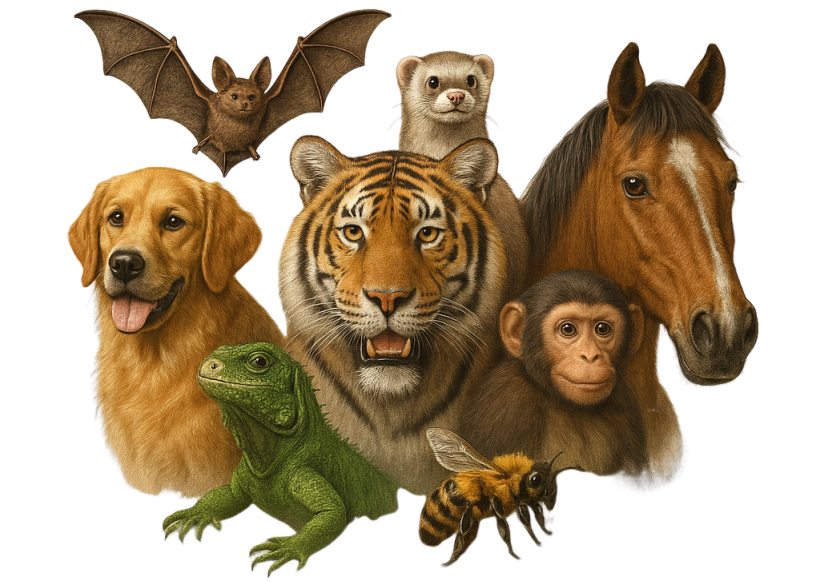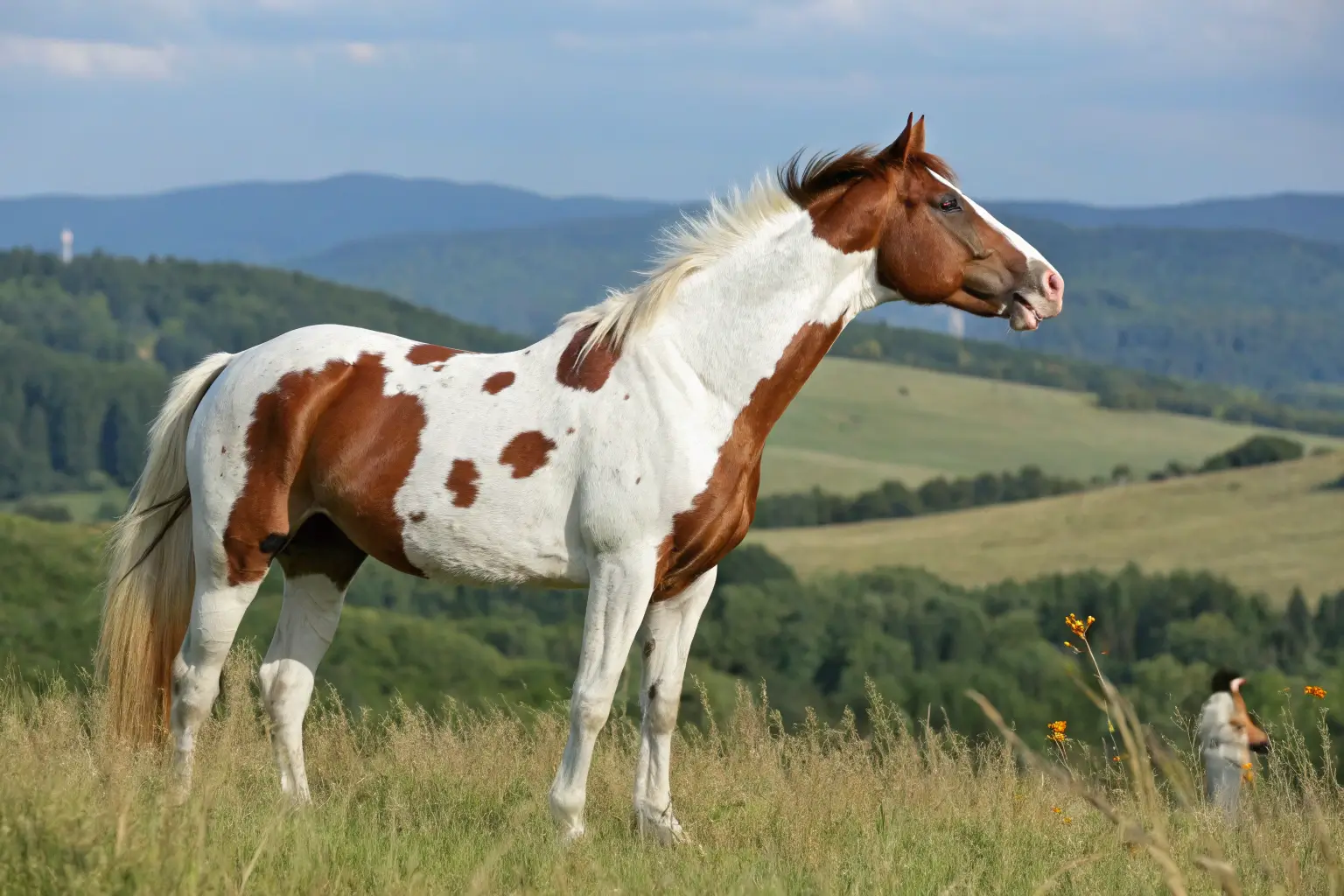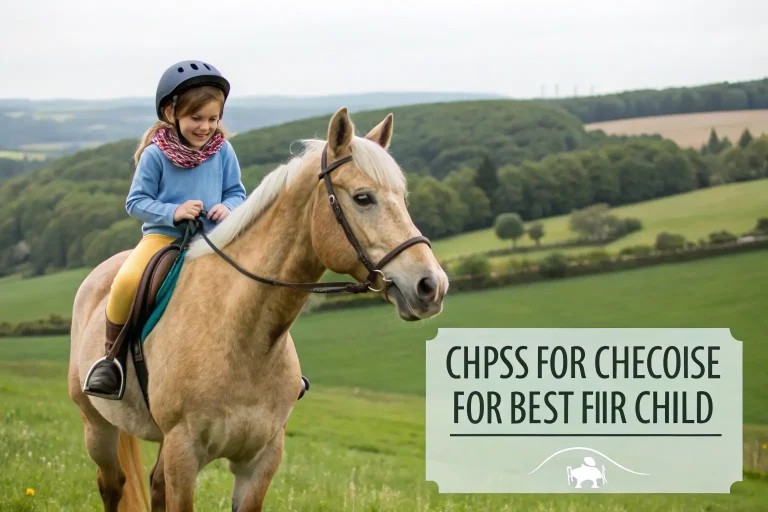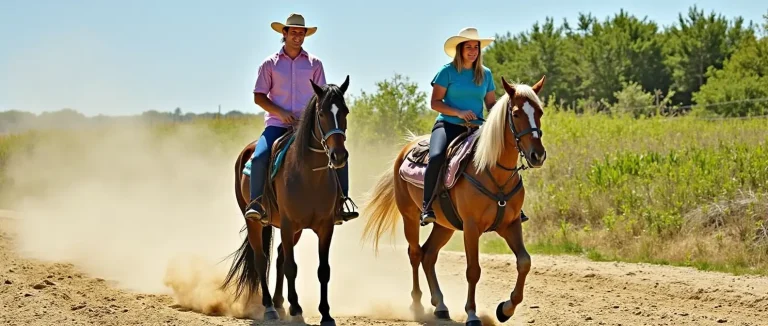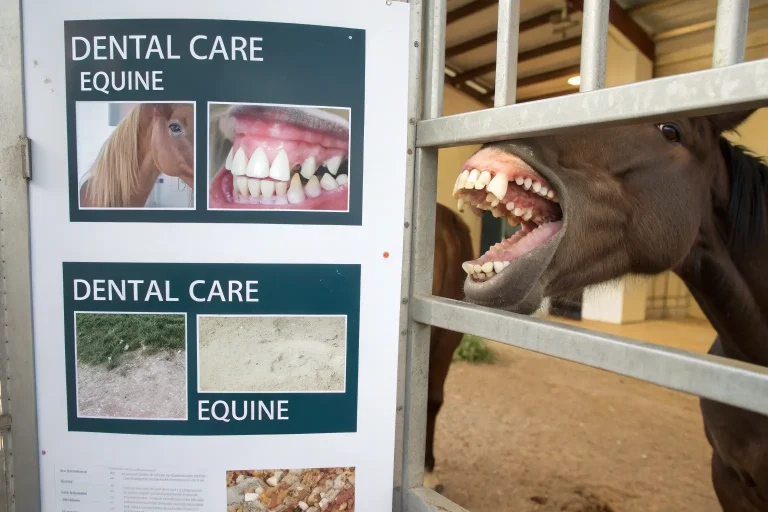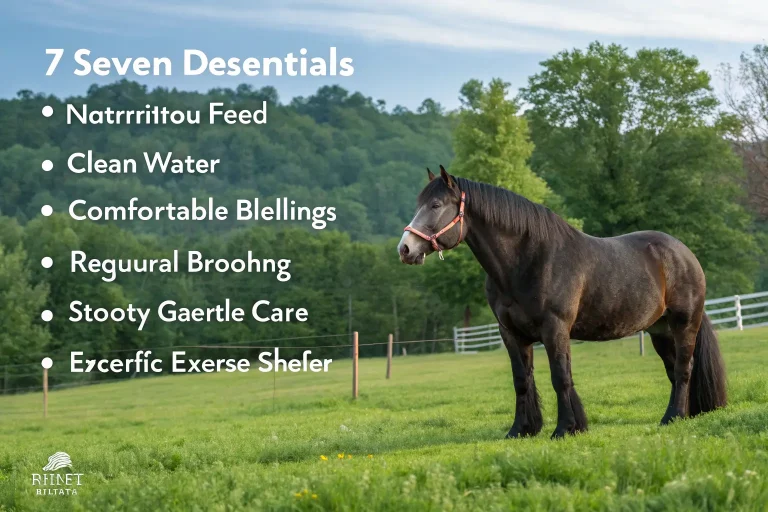Paint Horse 101: Everything You Need to Know About This Colorful Breed
Ever wondered what makes a paint horse so unique? Dive into the world of these vibrant equines, get expert care tips, and unravel their rich history. Explore now!
Introduction
With their striking, splashed coat patterns and captivating presence, paint horses stand among the most visually stunning equine breeds in the world. These magnificent horses combine the physical attributes of Western stock horses with eye-catching color patterns that make them instantly recognizable to horse enthusiasts and casual observers alike. The paint horse has galloped its way into the hearts of countless riders, breeders, and admirers across the globe, becoming one of America’s most beloved horse breeds.
Understanding this remarkable breed goes beyond appreciating their beautiful appearance—paint horses offer a fascinating blend of historical significance, versatile performance capabilities, and distinctive genetic traits. Whether you’re considering adding a paint horse to your family, competing in equestrian events, or simply fascinated by these colorful equines, there’s much to discover about this extraordinary breed.
Did you know that while all paint horses have distinctive coat patterns, no two paint horses share exactly the same pattern? Like fingerprints on humans, each paint horse’s markings are completely unique, making every individual a one-of-a-kind living canvas of nature’s artistry.
Species Overview
Scientific Name
The paint horse belongs to the species Equus ferus caballus, the same classification as all domesticated horses. However, what distinguishes them is not taxonomy but their genetic makeup and breeding history.
Physical Characteristics
Paint horses typically stand between 14.2 and 16.2 hands high (58-66 inches at the shoulder), weighing approximately 950 to 1,200 pounds. Their build reflects their Quarter Horse and Thoroughbred ancestry, featuring muscular bodies, strong legs, and well-defined hindquarters that provide power and agility.
The most distinctive feature of paint horses is, of course, their coat patterns. These horses display striking combinations of white and another color—usually black, bay, brown, chestnut, dun, or sorrel. Paint horses come in three primary pattern categories:
Tobiano: The most common pattern, characterized by regular, oval white spots that extend down from the back and cross the topline. Tobiano paint horses typically have white legs and vertical markings with dark heads that may include white facial markings.
Overo: This pattern produces irregular, splashy white markings typically originating from the underside or sides of the horse, rarely crossing the topline. Overo paint horses often have dark legs and a white face.
Tovero: A combination of tobiano and overo patterns, resulting in a complex mix of characteristics from both pattern types.
Paint horses possess a strong, refined head with straight profiles, alert eyes, and medium-sized ears. Their neck is muscular yet graceful, connecting to well-angled shoulders that contribute to their smooth movement and athletic ability.
Breeds and Registry
While not technically a subspecies in the biological sense, it’s important to note that paint horses have their own registry—the American Paint Horse Association (APHA), founded in 1962. To be registered as a paint horse, an animal must have verifiable Quarter Horse or Thoroughbred bloodlines in addition to meeting specific color requirements.
Some horses with paint horse genetics may be born without the distinctive color patterns due to genetic factors. These horses, known as “solid paint-bred” or formerly as “breeding stock paints,” may still be registered with APHA if they have the appropriate parentage.
Habitat and Distribution
Origin and Historical Range
Unlike wild horse breeds, the paint horse doesn’t have a natural habitat in the traditional sense. The breed developed in North America through selective breeding programs. However, their ancestors—particularly those with pinto coloration—have a rich global history.
Horses with spotted or patterned coats have been documented throughout human history, appearing in ancient cave paintings in Europe dating back thousands of years. In North America, horses with distinctive color patterns were highly prized by Native American tribes, particularly the Comanche, who selectively bred for these traits long before formal breed registries existed.
Modern Distribution
Today, paint horses are found worldwide but are especially popular in the United States, where the breed originated and where the APHA headquarters are located in Fort Worth, Texas. Paint horses thrive in various climates and environments, from the arid rangelands of the American Southwest to the lush pastures of the East Coast and beyond.
Adaptations
Paint horses have inherited impressive adaptability from their Quarter Horse and Thoroughbred ancestors. Their medium-sized, sturdy build allows them to perform well in diverse conditions. Depending on their specific lineage, some paint horses demonstrate remarkable heat tolerance from their Thoroughbred ancestry, while others show the hardiness and cold resistance more common to stock horse breeds.
Their intelligent, tractable nature represents another form of adaptation—not to natural environments but to human partnership. Paint horses are renowned for their willing temperament and trainability, which has helped them adapt to numerous equestrian disciplines and working roles.
Diet and Feeding Habits
Natural Diet
As herbivores, paint horses follow the typical equine diet centered around forage. In natural settings, they would graze continuously throughout the day, primarily consuming grasses and other fibrous plants. This grazing behavior aligns with their digestive system, which is designed for the steady processing of high-fiber, low-starch foods.
Dietary Requirements for Domesticated Paint Horses
Properly feeding a paint horse requires understanding their nutritional needs, which vary based on age, activity level, and individual metabolism. A basic diet for an adult paint horse typically includes:
Quality Forage: Good pasture or hay (typically 1.5-2% of body weight daily) forms the foundation of their diet.
Concentrates: Depending on work level and individual needs, some paint horses require additional energy from grain or commercial feed (typically 0-0.5% of body weight).
Vitamins and Minerals: Essential micronutrients, often provided through a balanced feed or supplements if local forage is deficient.
Fresh Water: Constant access to clean water is vital, with an average horse consuming 5-10 gallons daily.
Paint horses with particular coat patterns don’t have special dietary needs based on their coloration. However, some paint horses with large white patches and pink skin may benefit from additional protection from sun exposure, which relates more to management than diet.
Feeding Behavior
Like all horses, paint horses have evolved as “trickle feeders” who naturally eat small amounts continually throughout the day. Their relatively small stomach and complex hindgut fermentation system work best with this feeding pattern. When managing domesticated paint horses, mimicking this natural feeding behavior through free-choice forage or multiple small meals supports better digestive health and helps prevent behavioral issues related to boredom or hunger.
Behavior and Social Structure
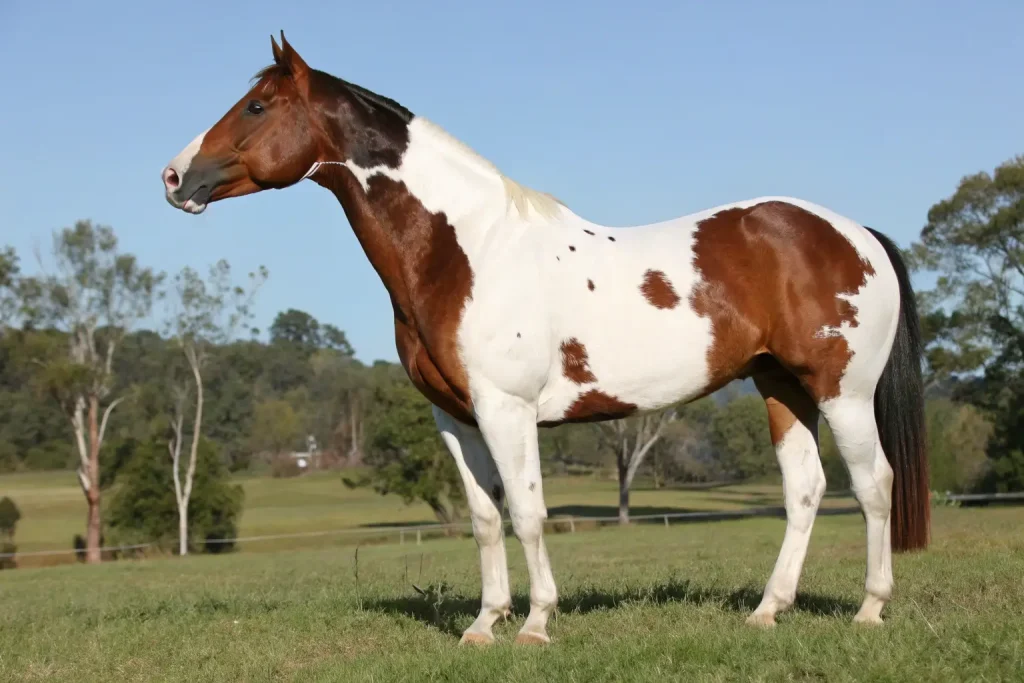
Temperament
Paint horses are generally known for their agreeable, willing temperament—a characteristic highly valued by riders and trainers. They typically combine the intelligence and sensitivity of Thoroughbreds with the calmer, steadier disposition of Quarter Horses. Most paint horses are described as:
- Intelligent and quick to learn
- Versatile and adaptable to different disciplines
- People-oriented and responsive to training
- Athletic and energetic, but generally level-headed
This balanced temperament makes the paint horse particularly suitable for family horses, working ranch animals, and competition mounts across various disciplines.
Social Behavior
Like all horses, paint horses are herd animals with strong social instincts. In natural settings, they form hierarchical groups with clear leadership structures. Domesticated paint horses retain these instincts, forming attachments to both equine companions and human handlers.
Paint horses communicate through a sophisticated combination of vocalizations, ear positions, facial expressions, and body language. Their highly developed social awareness makes them sensitive to human emotions and intentions, contributing to their reputation as intuitive riding partners.
Reproduction and Lifespan
Paint horses reach sexual maturity between 1-2 years of age, though responsible breeding practices typically delay breeding until mares are at least 3-4 years old. The reproductive cycle follows standard equine patterns:
- Mares have estrous cycles approximately every 21 days during breeding season
- Gestation lasts about 340 days (11 months)
- Mares typically give birth to a single foal
- Foals can stand within the first hour after birth and nurse shortly thereafter
The genetics governing paint horse coloration add complexity to breeding decisions. Two paint horses may produce a solid-colored foal if certain genetic combinations occur. Conversely, breeding a paint horse to a solid-colored horse can sometimes produce a paint foal if the solid horse carries hidden color genes.
Paint horses generally live 25-30 years with proper care, though many remain active and serviceable well into their 20s. Their versatility means they often enjoy multiple careers throughout their lives, perhaps starting in speed events as youngsters before transitioning to pleasure riding or even therapeutic riding programs as they mature.
Conservation Status
Breed Status
Unlike wild equine species that face extinction threats, the paint horse is a domesticated breed that is currently thriving. The American Paint Horse Association registers approximately 15,000 new horses annually, making it one of the fastest-growing horse breeds in America. With global registration numbers exceeding 1 million, paint horses face no imminent risk as a breed.
Genetic Considerations
While population numbers remain strong, responsible breeders do monitor genetic issues that can affect paint horses:
Lethal White Syndrome (OLWS): When two horses carrying the frame overo gene breed together, they have a 25% chance of producing a foal with this fatal condition. Genetic testing helps breeders avoid this tragic outcome.
Genetic Diversity: As with many registered breeds, maintaining sufficient genetic diversity while selecting for desired traits requires careful breeding decisions.
Hereditary Equine Regional Dermal Asthenia (HERDA): This inherited skin condition can appear in lines with significant Quarter Horse ancestry.
Conservation efforts within the paint horse community focus on ethical breeding practices, genetic testing, and maintaining versatility rather than extreme specialization in physical traits.
Interesting Facts
Paint horses aren’t just beautiful—they’re mathematically unique. Researchers have calculated that the possible combinations of white and colored areas on paint horses exceed the number of humans who have ever lived on Earth.
The American Paint Horse Association (APHA) is the second-largest breed registry in the United States, behind only the American Quarter Horse Association.
Native American tribes, especially the Comanche, were among the first selective breeders of painted horses. These distinctive horses became prized for their beauty and believed spiritual properties, with some patterns considered particularly powerful in battle.
While white markings are the paint horse’s claim to fame, the genetics behind these patterns is incredibly complex. At least 13 different genes interact to create the patterns we see, with new variants still being discovered by equine geneticists.
Paint horses excel in Western riding competitions, but they’ve also made their mark in disciplines as diverse as dressage, eventing, driving, and even polo.
The famous “war ponies” depicted in historical accounts of Plains Indian tribes were often paint horses, valued for both their striking appearance and athletic ability.
Unlike some color breeds, paint horses must meet specific bloodline requirements (Quarter Horse or Thoroughbred ancestry) to be registered, regardless of their color pattern.
Tips for Caring for Paint Horses
Housing and Environment
Paint horses thrive with access to both shelter and turnout space. Their housing needs include:
- Shelter: Protection from extreme weather, particularly important for horses with extensive white markings and pink skin
- Space: Regular turnout in pasture or paddock for exercise and natural movement
- Flooring: Dry, clean stall bedding to prevent skin conditions and hoof issues
- Fencing: Secure, visible boundaries without sharp edges or protrusions
Grooming and Skin Care
Paint horses’ distinctive coat patterns require special attention:
Sun Protection: Horses with white markings and underlying pink skin are susceptible to sunburn. Apply equine-specific sunscreen to pink-skinned areas or provide shade during peak sun hours.
White Markings: Keep white areas especially clean, as stains show more prominently. Use color-enhancing shampoos designed for horses when preparing for shows.
Regular Grooming: Daily grooming helps identify any skin issues early while strengthening your bond with your paint horse.
Seasonal Care: Adjust grooming routines seasonally, with particular attention to pink-skinned areas during summer months and proper blanket fit during winter.
Exercise and Mental Stimulation
These athletic horses benefit from:
- Regular exercise appropriate to their conditioning level
- Training across different disciplines to engage their minds
- Turnout with compatible horses to satisfy social needs
- Variety in routine to prevent boredom
Health Considerations
Paint horses are generally robust but require routine care including:
- Regular deworming and vaccination programs
- Dental checking every 6-12 months
- Consistent hoof care every 6-8 weeks
- Annual veterinary examinations
Paint horses with extensive white markings may need special consideration for eye conditions, as blue eyes and pink skin around the eyes can be more photosensitive. Additionally, some bloodlines may carry genetic conditions like Hyperkalemic Periodic Paralysis (HYPP) or Hereditary Equine Regional Dermal Asthenia (HERDA) that should be screened for through genetic testing.
Role in the Ecosystem
Domesticated Role
As domesticated animals, paint horses don’t fulfill a natural ecological niche. Instead, they serve various human purposes:
Working Horses: On ranches across America, paint horses work cattle, patrol fencelines, and perform essential farm tasks.
Recreational Partners: They provide companionship and recreation for millions of riders worldwide.
Therapy Animals: Their generally calm temperament makes many paint horses excellent candidates for equine-assisted therapy programs.
Cultural Significance: Paint horses help preserve Western heritage and Native American horse traditions through participation in historical reenactments and cultural events.
Agricultural Impact
Well-managed paint horse operations can contribute positively to sustainable agriculture through:
- Pasture rotation systems that improve soil health
- Manure production that, when properly composted, provides valuable fertilizer
- Grazing that, when properly managed, can help maintain grassland ecosystems
- Consuming locally-grown hay and feed crops that support regional agriculture
Conclusion
Paint horses represent an extraordinary blend of beauty, versatility, and heritage. From their striking coat patterns that stop traffic to their athletic abilities that win championships across disciplines, these remarkable equines continue to capture imaginations and hearts worldwide. Their development reflects centuries of careful selection—initially by Native American tribes who prized their distinctive appearance and later by formal breeding programs that balanced color with performance.
Whether you’re considering adding a paint horse to your family, competing in paint horse events, or simply admiring these living works of art from afar, understanding their unique needs and characteristics ensures these magnificent animals can continue to thrive.
The paint horse’s story is still being written, with each generation of breeders and enthusiasts contributing to the ongoing development of this distinctively American breed. By supporting responsible breeding practices and celebrating the versatility that makes paint horses so special, we help ensure these colorful equines will continue to gallop through our pastures, our competitions, and our cultural heritage for generations to come.
Frequently Asked Questions
What makes a horse officially a “Paint Horse”?
To be registered as an American Paint Horse, the animal must have a minimum amount of white coat pattern, verifiable Quarter Horse or Thoroughbred bloodlines (or be from registered Paint Horse parents), and meet specific APHA color requirements. The white patterning must extend beyond certain minimal markings like a star, strip, or sock.
Are all spotted horses considered Paint Horses?
No. Though similar in appearance, Paint Horses, Appaloosas, and Pintos represent different breeds with distinct genetic backgrounds. Paint Horses must have Quarter Horse or Thoroughbred bloodlines, while “Pinto” describes a color pattern that can appear in many breeds. Appaloosas have different spotting patterns genetically unrelated to Paint Horse coloration.
Do Paint Horses require special care because of their white markings?
Paint Horses with substantial white areas and underlying pink skin require sun protection to prevent sunburn. Otherwise, they need the same quality care as any horse, including regular hoof maintenance, dental care, appropriate nutrition, and veterinary attention.
Are Paint Horses good for beginners?
Many Paint Horses make excellent beginner mounts due to their typically steady temperament inherited from their Quarter Horse ancestry. However, individual personality varies significantly between horses. When choosing a Paint Horse for a novice rider, prioritize temperament, training level, and experience over color pattern.
Why are some Paint Horses born solid-colored without white markings?
The genetics of color patterns is complex. Two Paint Horses can produce a solid-colored foal if certain genetic combinations occur. These horses, called Solid Paint-Bred horses, can be registered with APHA if they have the appropriate parentage, though in a different category than patterned Paint Horses.
How much does a Paint Horse typically cost?
Prices vary dramatically based on age, training, bloodlines, color pattern, and show record. Entry-level Paint Horses might start around $2,000-$3,000, while championship-caliber show horses or breeding stock with exceptional pedigrees can cost $15,000-$50,000 or more. As with any horse purchase, factors beyond color should drive buying decisions.
What disciplines are Paint Horses best suited for?
Paint Horses excel in Western riding disciplines like reining, cutting, roping, and barrel racing, but their versatility extends to English disciplines as well. Many Paint Horses compete successfully in hunter/jumper events, dressage, eventing, and even driving. Their adaptability makes them suitable for nearly any equestrian pursuit.
